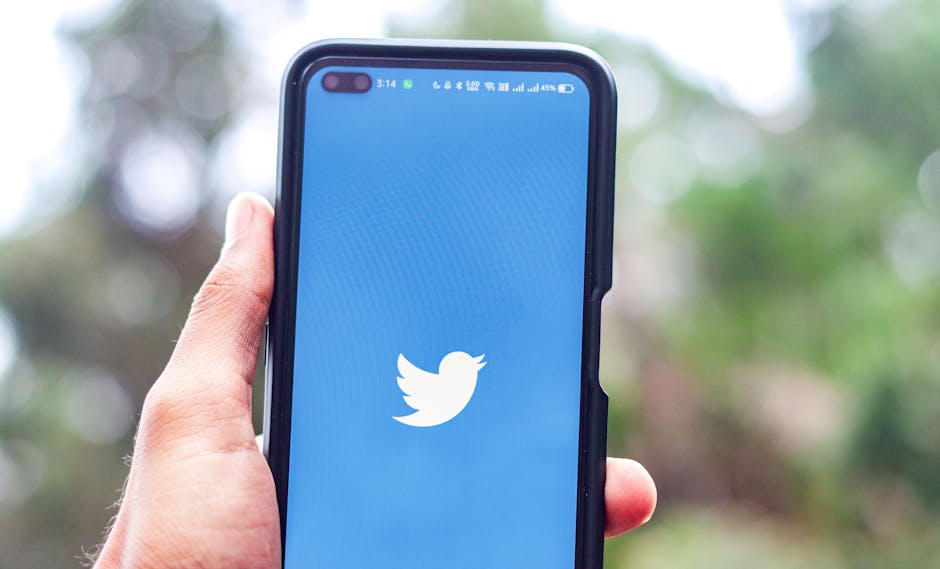Social Media’s Expanding Role in Library and Information Services: A 2025 Global Perspective
Libraries and information centers are increasingly leveraging social media platforms to reach wider audiences and enhance service delivery. This trend, while initially observed in specific regions, is rapidly becoming a global phenomenon, with significant implications for access to information and community engagement in 2025. This report analyzes the evolving landscape of social media’s impact on library services worldwide, focusing on current trends and future projections.
The Rise of Social Media in Library Marketing
In 2025, libraries are utilizing social media platforms like Facebook, Instagram, Twitter, and TikTok not just for marketing, but also as vital tools for community outreach and resource dissemination. This shift represents a move beyond traditional methods, acknowledging the significant portion of the population who primarily access information online. The effectiveness of this approach varies, dependent on targeted audience engagement strategies and resource allocation. This is particularly true in countries with diverse levels of internet access.
Case Study: Pakistan and Beyond
While initial studies, such as the 2025 research from Pakistan, highlight the successful application of social media in library marketing, the broader global picture is more complex. Factors such as digital literacy rates, internet infrastructure, and the specific needs of diverse communities significantly influence the success and implementation of social media strategies. This necessitates a nuanced approach to understanding and applying these technologies.
Social Media as a Tool for Community Engagement
Beyond marketing, libraries are using social media for interactive programming, community building, and information dissemination on crucial topics. They use platforms to host virtual events, share announcements of new resources, and facilitate discussions about relevant issues. The ability to foster a sense of community transcends geographical boundaries, bringing library resources directly to users.
Reaching Underserved Communities
Many libraries are actively using social media to overcome access barriers and reach communities traditionally underserved by traditional library systems. This includes offering information in multiple languages, using accessible formats, and creating targeted campaigns to engage specific demographic groups. The effectiveness of these outreach efforts often relies on close collaboration with community stakeholders.
Challenges and Limitations of Social Media Use
While social media offers immense potential, its use by libraries is not without challenges. Maintaining a consistent online presence requires dedicated personnel and resources, a significant barrier for libraries with limited budgets. Further, dealing with misinformation and navigating online privacy concerns requires careful management and robust policies. These challenges are particularly acute in regions with limited digital infrastructure.
Overcoming Resource Constraints
Libraries face significant challenges in navigating the ever-evolving landscape of social media. Maintaining a professional and engaging presence on multiple platforms requires not only expertise in social media management but also financial investment. Limited budgets often force libraries to rely on volunteer efforts, leading to inconsistent or less effective outreach.
Future Trends and Predictions for 2026 and Beyond
The integration of social media into library services is projected to continue expanding in 2026 and beyond. Libraries will further explore innovative applications, potentially integrating augmented and virtual reality technologies to enhance user experience. The trend toward personalized information delivery, utilizing AI-powered recommendation systems, will likely see further development. Collaboration across institutions and increased use of data analytics to measure effectiveness will become increasingly important.
Key Predictions for the Future:
- Increased use of AI-powered tools: For personalized recommendations and automated content creation.
- Greater emphasis on accessibility and inclusivity: To ensure that social media strategies reach all members of the community.
- More sophisticated data analytics: To measure the impact of social media initiatives and optimize strategies.
- Expansion of virtual and hybrid library services: Providing access to programs and resources regardless of location.
- Enhanced collaboration between libraries: Sharing best practices and resources to improve social media effectiveness.
Conclusion: A Necessary Evolution
Social media has become an indispensable tool for libraries seeking to engage their communities, disseminate information, and enhance their service delivery in 2025. While challenges remain, particularly regarding resource constraints and navigating the complexities of online engagement, the potential benefits of adopting social media strategies are undeniable. As technology continues to evolve, libraries that adapt and embrace social media will be best positioned to serve their communities effectively in the years to come. The ongoing research and development focused on maximizing these tools’ positive potential will be critical to ensuring equitable access to information for all.

